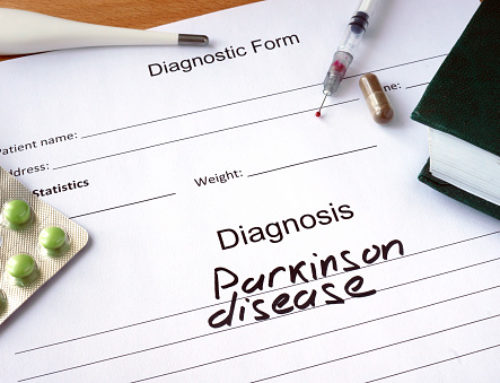For people who have Parkinson’s disease, there are several general types of medications that can help to relieve many of the most common symptoms, such as tremor and slowness of movement.
Details About Dopamine Agonists
Dopamine agonists provide direct stimulation to the brain nerves that would usually get stimulation from dopamine produced by the body. Unlike another common Parkinson’s drug, levodopa, a dopamine agonist is not transformed into dopamine when it goes into the body. But it behaves very much like dopamine.
Dopamine agonists are used typically in the earlier stages of the disease to relieve symptoms. This type of approach usually works best in people who were diagnosed with the disease recently, especially in people who are under 60. The use of this drug in this type of patient can delay the requirement for levodopa therapy. This means that the motor problems that may occur with levodopa therapy can be avoided, at least early on.
A dopamine agonist might be added to the treatment plan along with levodopa later as the disease progresses. This may be done by the doctor when levodopa is not controlling the symptoms of Parkinson’s disease by itself any longer. In this situation, increasing the levodopa medication to control the symptoms may cause too many side effects to be a good option. Also, some patients who are getting levodopa alone may start to experience severe motor fluctuations that mean taking a dopamine agonist could be helpful.
How Well Dopamine Agonists Work
When the drug is taken in the early stages of the disease, dopamine agonists can be very effective in reducing the obvious symptoms. This is very much true of the aspects of the disease that affect motor functions, most commonly slowness and stiffness. These types of drugs are not as good at controlling symptoms, but they will delay the need to have therapy with levodopa.
Organize your Parkinson’s meds with the MediChest Curved Weekly Pill Organizer
When dopamine agonists are taken with levodopa, you could see these benefits:
- Cut down on the levels of levodopa needed to control the symptoms of the disease
- Boost motor function during the on and off periods
- Cut down on dyskinesia, or involuntary movements, that are often associated with levodopa therapy in the long term
- Increase the effects of levodopa and lower the motor fluctuations that happen as levodopa wears off
Some doctors commonly use dopamine agonists as the first therapy with people who have been diagnosed with Parkinson’s. This is now the recommended therapy for early stages of the disease, according to the American Academy of Neurology.
Medication Aids for Parkinson’s
Regardless of the type of drugs you are taking for your therapy, there are some good Parkinson’s products that will help you manage your disease. Consider the Pill Splitter and Crusher to help you cut and crush your medications. Or, purchase the Medichest Curved Weekly Pill Organizer to keep all of your medications orderly. It also features a curved design that makes it easier to remove the pills.


